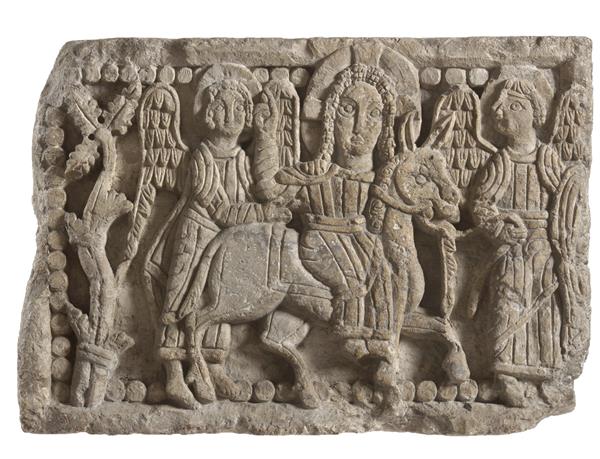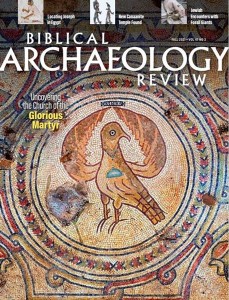
One of the most important religious centers of the ancient world, the city of Akhmim in southern Egypt is presented in the exhibit Akhmim: Egypt’s Forgotten City, currently on display in the James Simon Gallery of the Berlin State Museums.
The city has been known by different names during its 6,000-year history, including Ipu, Panopolis, and the current Akhmim. It was and remains one of the main administrative, religious, and cultural centers of Upper Egypt, famous for its stonemasonry and textile production. In antiquity, it was the main site for the worship of the fertility god Min (later equated by the Greeks with Pan), whose rock-cut temple there was established in the mid-15th century B.C.E. and restored under Ptolemy II (285–246 B.C.E.). A number of well-known figures in Egyptian history came from Akhmim, including Tiye (mother of Akhenaten), Pharaoh Ay, the alchemist and Gnostic mystic Zosimus, the late antique poets Nonnus and Pamprepius, and the poet and grammarian Horapollon. Later, the region was home to vibrant Christian communities, with three large monasteries founded around 360 C.E. by Shenoute of Atripe, who wrote monastic rules that form the foundation of Christian cenobitic (communal) monasticism.
Already a library member? Log in here.
Institution user? Log in with your IP address.

